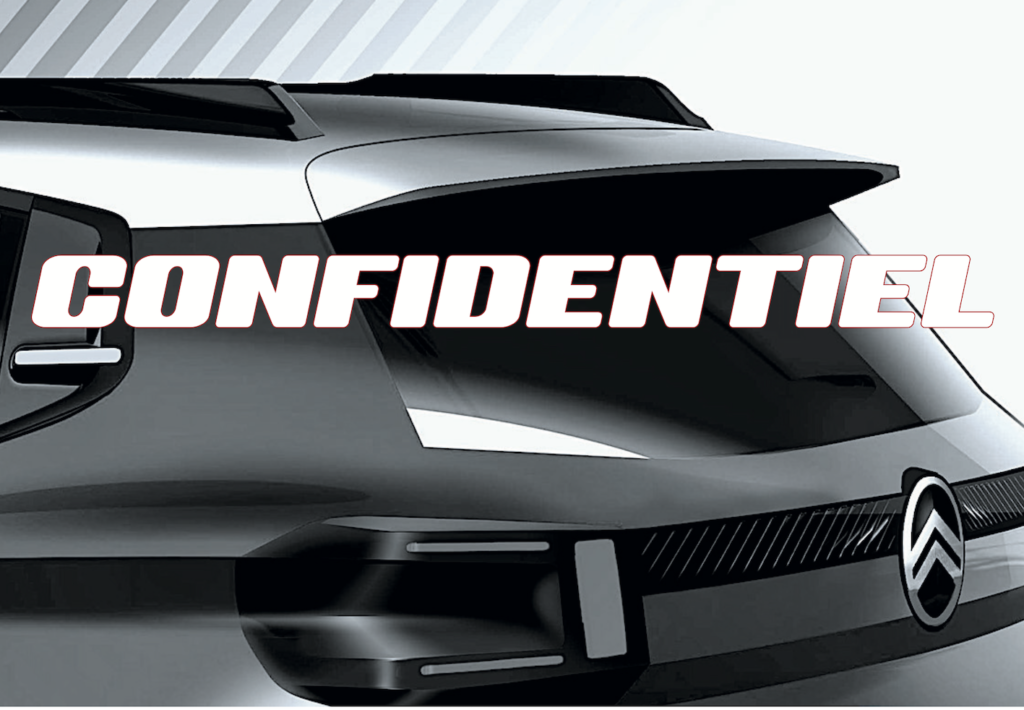
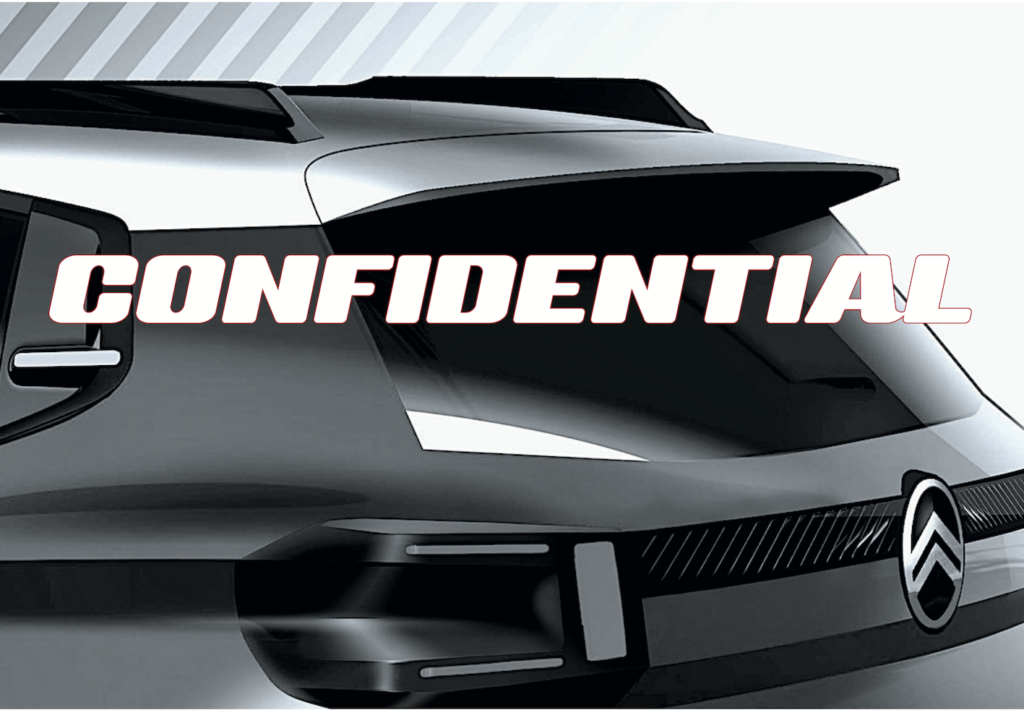
Citroën is silencing the naysayers. With its ë-C3, the electric car will finally be accessible to as many people as possible. A five-seater, a compact, a city crossover, the ë-C3 is only 4.01 m long and is already available to order, ahead of its arrival on the market in early 2024. It will be followed by internal combustion versions, also expected in 2024.
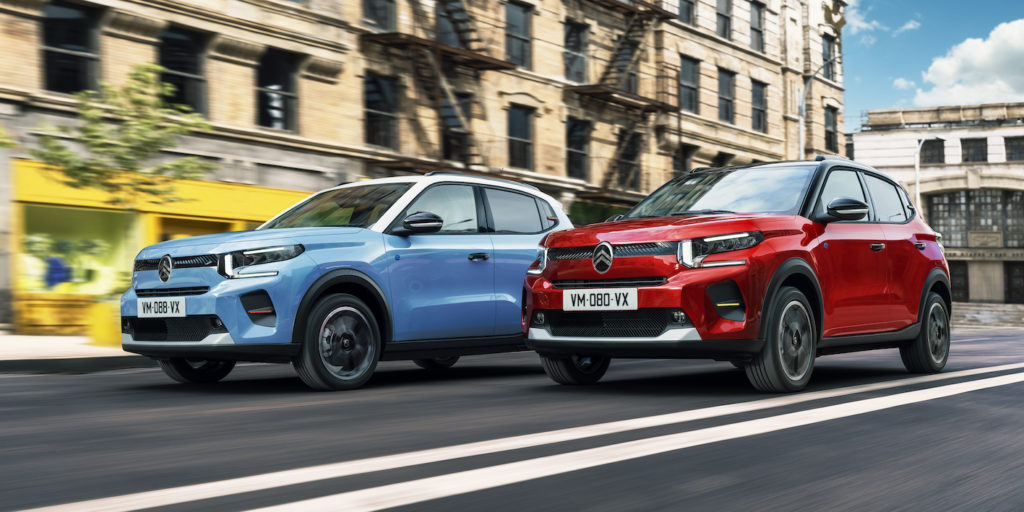
For this new queen of the range – the 4th generation C3 – we can imagine that the brand has mastered its renewal, experience having helped. But Citroën is not a manufacturer like the others. Since the dawn of time, the renewal of its nuggets has often involved (re)starting from scratch. What do the CX and the DS it replaced in 1975 have in common? What other similarities can be found between a Saxo and a 2CV? When the C3 renewal programme was launched, it was agreed that Citroën would remain Citroën: innovative, daring and respectful of the double-chevron DNA.
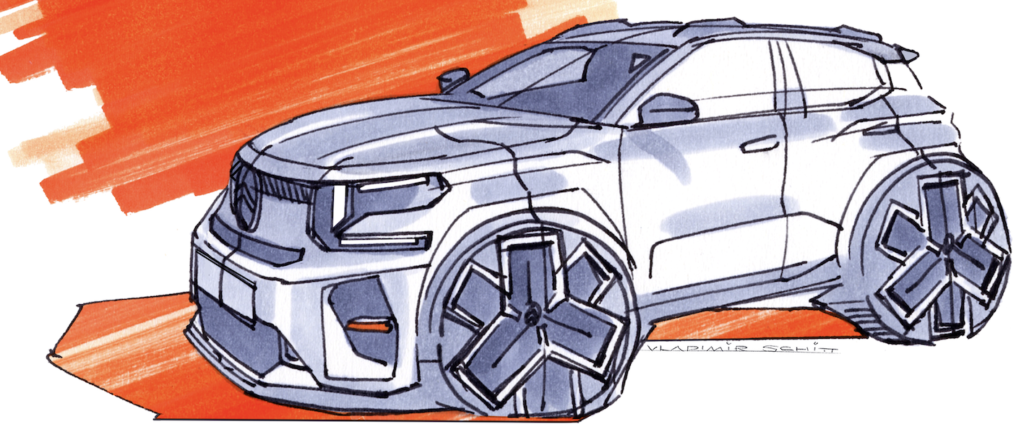
However, with a manufacturer that can boast 104 years of experience, the genesis of this 4th generation was not the result of a magic stroke of the pen. Nor was it the result of skilfully orchestrated research carried out by a long-standing team of designers, all within a group where Citroën has a very legitimate place.
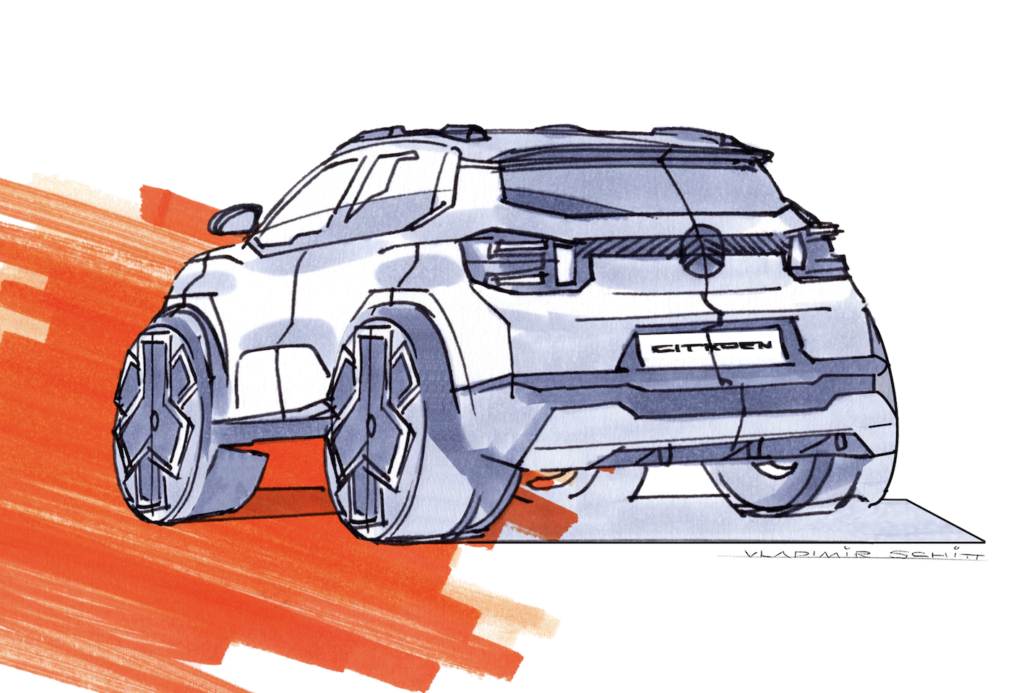
Nothing quite worked out like that. While the end result is an exciting saloon capable of setting a new benchmark in terms of access to an electric range, its birth was achieved by force. In terms of design, we’ve been able to gather a few testimonies to a genesis that wasn’t quite as clear-cut as you might have thought. To explain it, we need to go back (a little) in time…
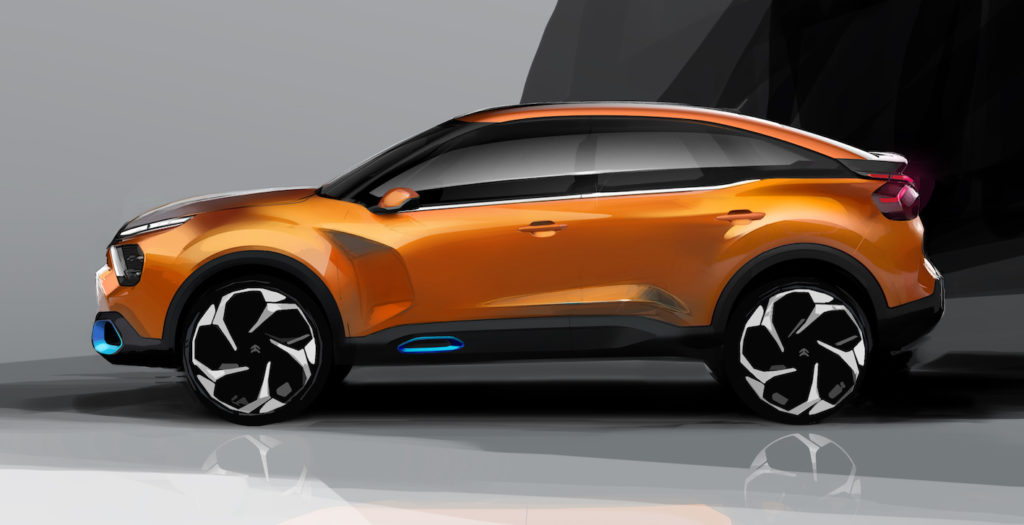
The year is 2018. Citroën separated from its ‘DS line’ four years ago – probably losing more than DS gained – and now relies mainly on an energetic C3, born two years earlier, and is seeing its Picasso range age as it comes under attack from crossovers. As for the all-new C4 (3rd generation, above), it is still a long way from industrialisation. This will happen in 2020.
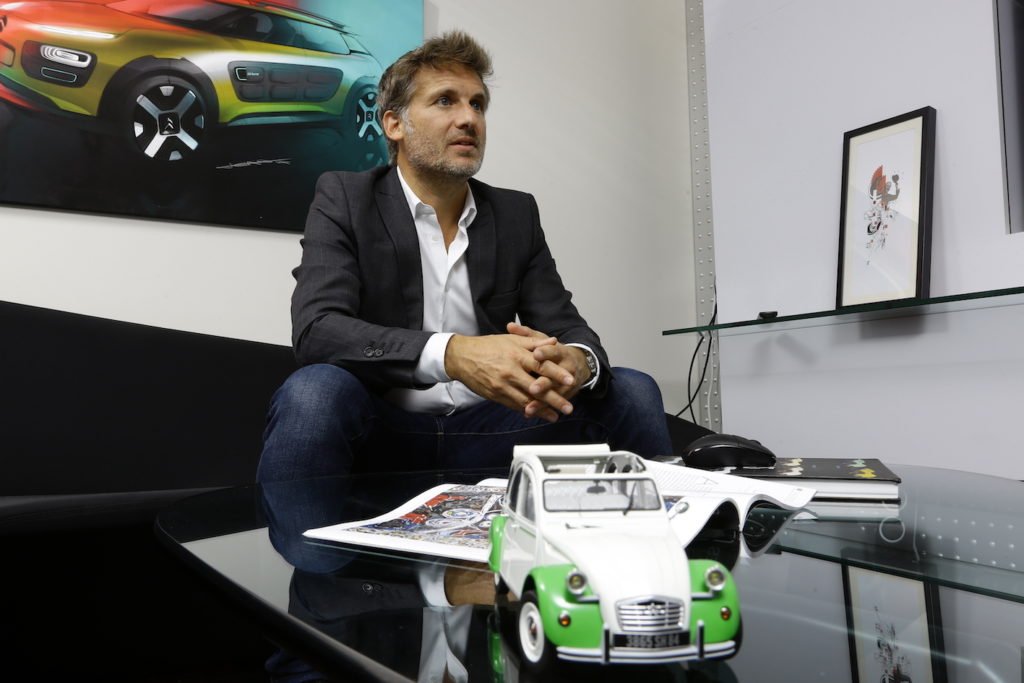
So it was in 2018 that the usual routine of a product study was shaken up for the first time. Alexandre Malval, the brand’s design director (above), packed up his shorts and polo shirts and headed for the sunny south of France, to Sophia Antipolis. He will be heading up the Mercedes Advanced Design Centre, one of the satellite studios of the parent company’s design centre in Sindelfingen.
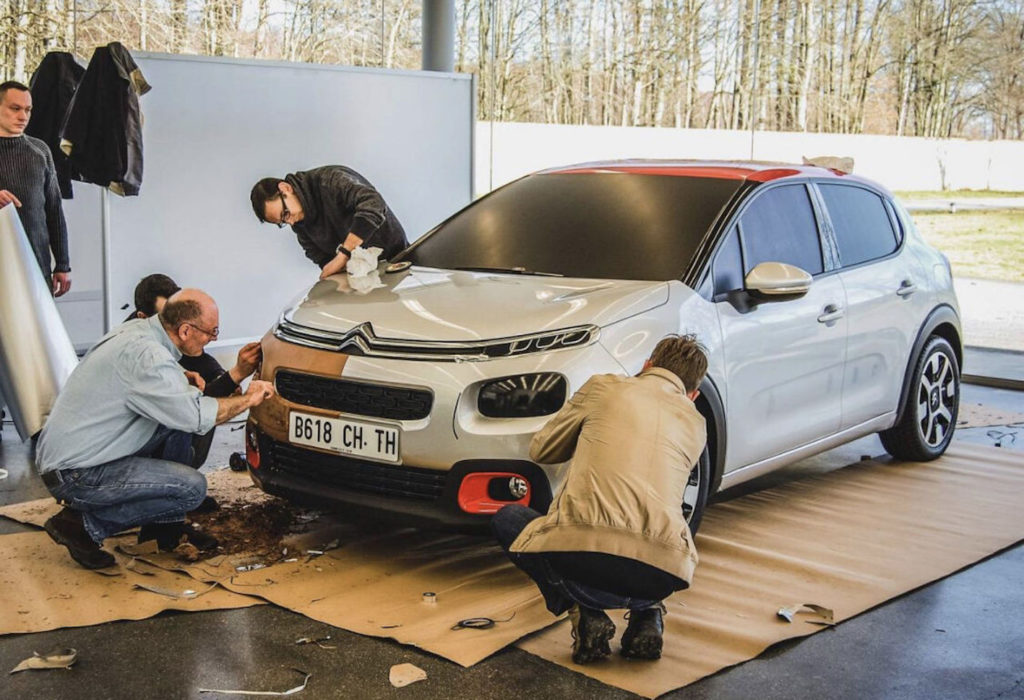
Alexandre Malval and his teams at Citroën created the 2016 C3 (above), the car that has sustained the brand at arm’s length. He then took charge of the C4 III programme, and launched the C5 X project. At the time, he was involved in the early phase of the replacement for the C3, which had just been unveiled to the public. Time as seen from a designer’s mind is not quite the same as ours.
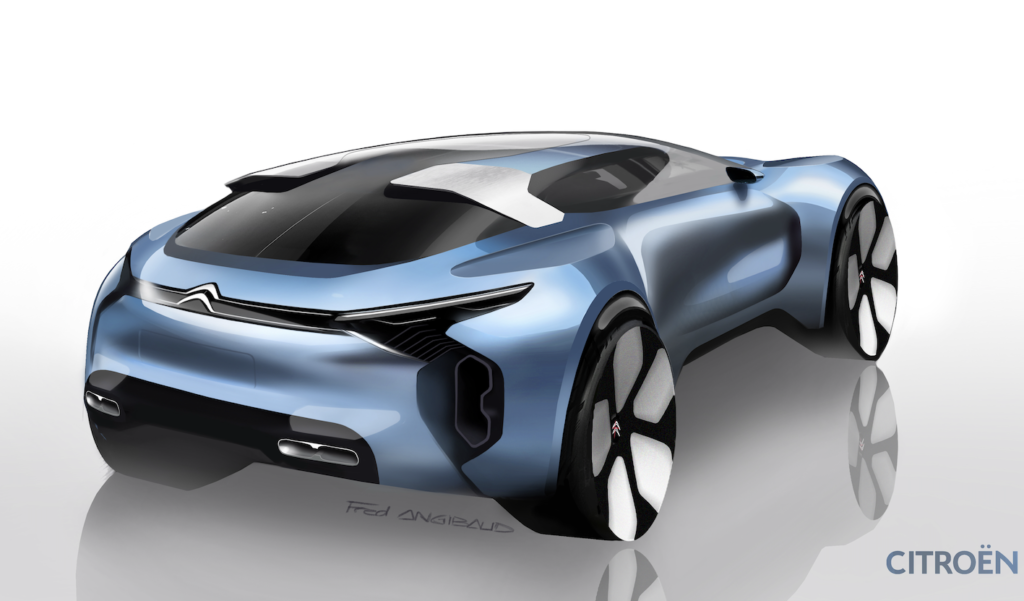
Barely embryonic, our famous 2024 C3 is seeing its first daddy leave home. Don’t worry, the nursery is vast. But Malval’s replacement came from the outside. It was Belgian Pierre Leclercq, who was just a few days away from signing his contract with Kia to become the brand’s head of global design, who approached the cradle. Jean-Pierre Ploué, then head of design for PSA Group brands, successfully contacted him on 11 July 2018, when the Belgian had momentarily left Korea to come and watch his football team lose to France in the World Cup semi-final. Excellent timing for Ploué!
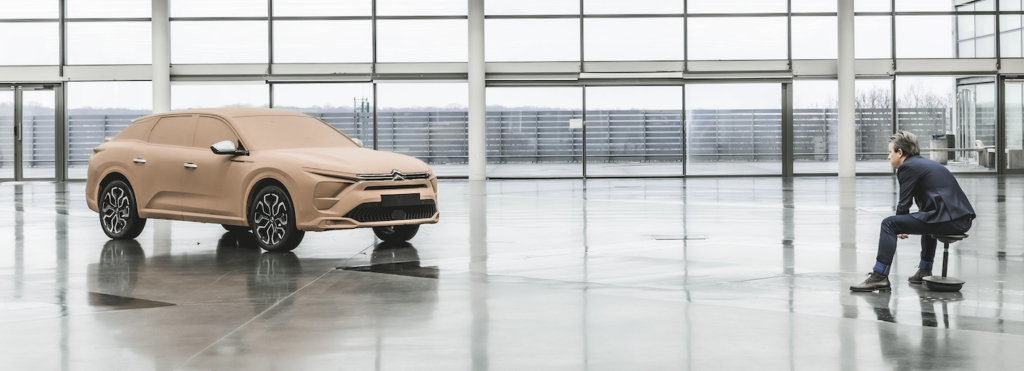
Pierre Leclercq, above, pensive in front of the Clay model of the C5X, discovers the product plan in place, and is ecstatic about the Ami One and 19_19 concept cars that are in the pipeline. He also realised that he would have to spend a few years (3 to 4) defending the work of his predecessor, while waiting to put his stamp on Citroën’s new style. In order to do this, he will restructure the entire team, retaining very few loyal members from the previous period. The programme for the future C3 seems to be just the thing to achieve Leclercq’s objective. End of the first act.
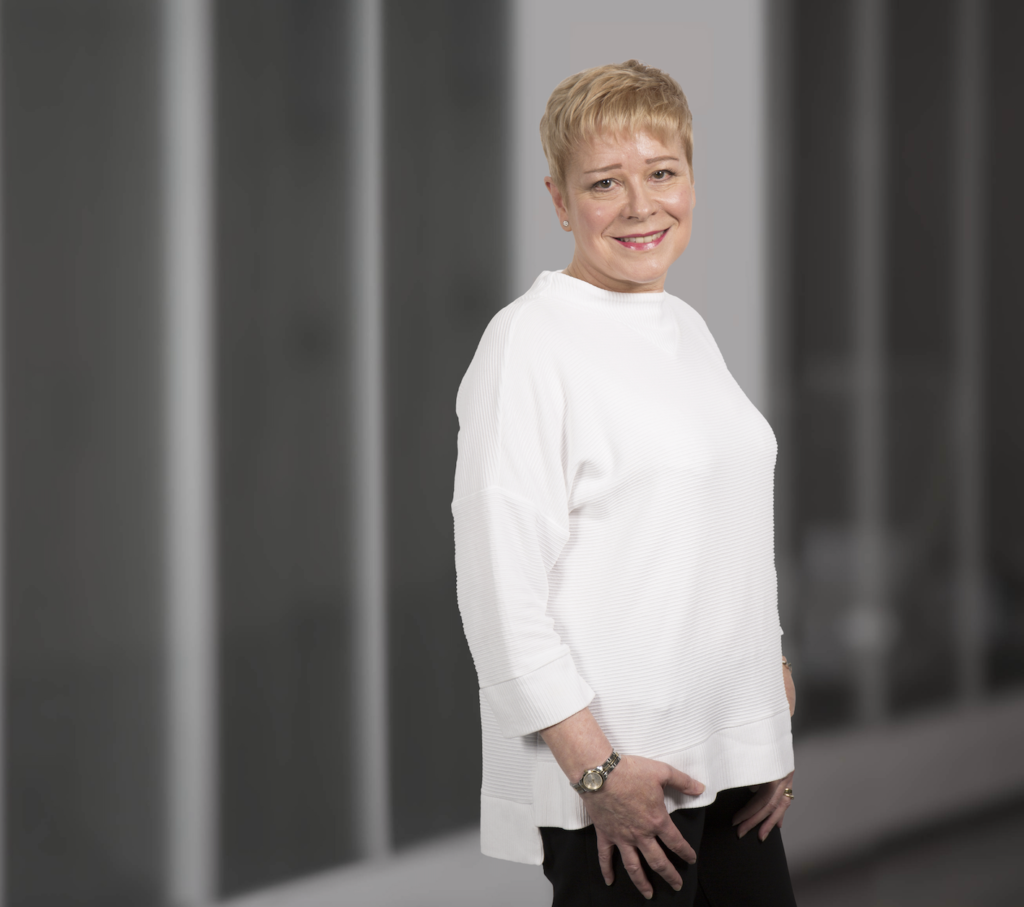
Less than six months later, in April 2019, the Citroën brand announced its intention to conquer the Indian market. It should be remembered that, at that time, the PSA Group was not yet part of what was to become Stellantis. Carlos Tavares – the Chairman of the Managing Board – had “only” to manage the Citroën, Peugeot, DS, Opel and Vauxhall brands… China for DS, the USA for Peugeot… USA and Citroën India. The head of the Citroën brand was then Linda Jackson above (who took over as head of the brand on 1 June 2014), who made Citroën’s arrival in India official at a press conference in Chennai, in southern India, attended by Carlos Tavares himself.
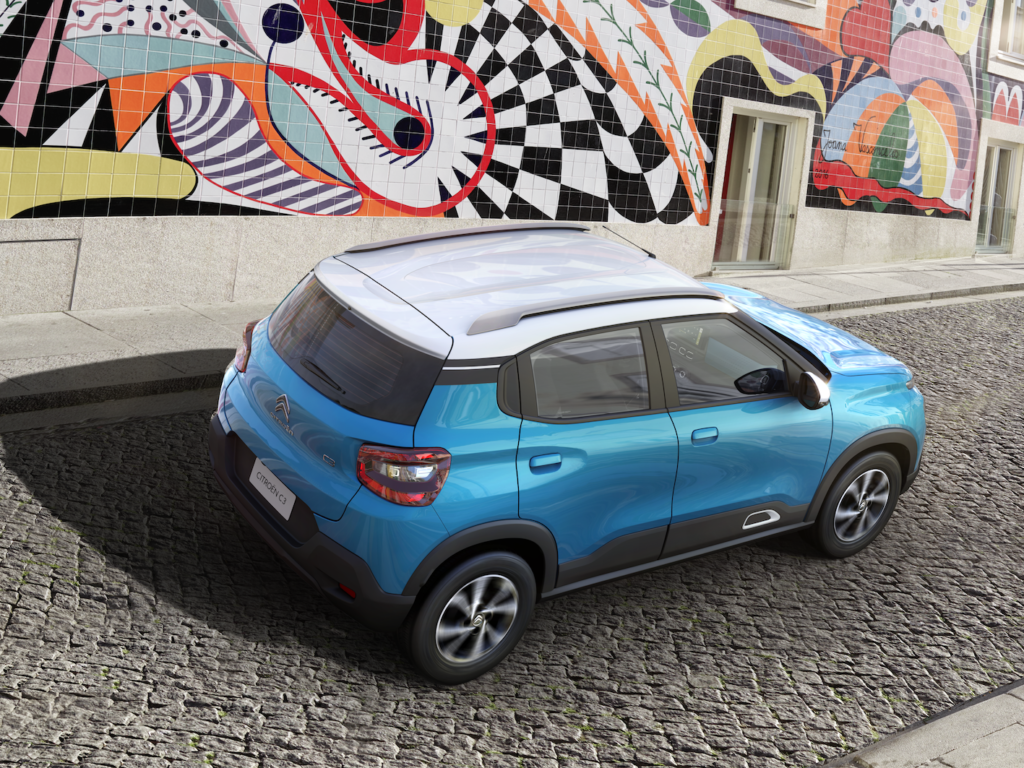
What does this have to do with the C3 of 2024, below? Enormously, since the desire to be present in India (above, the saloon in the CC21 programme) with products dedicated to the market, combined with the drive for profitability confirmed by Carlos Tavares, will have a direct impact on the programme for the so-called European C3. To meet the Indian challenge, Citroën announced in 2019 that it intends to launch “a range of new models – one per year – with an international vocation, the first of which will be launched by the end of 2021.”
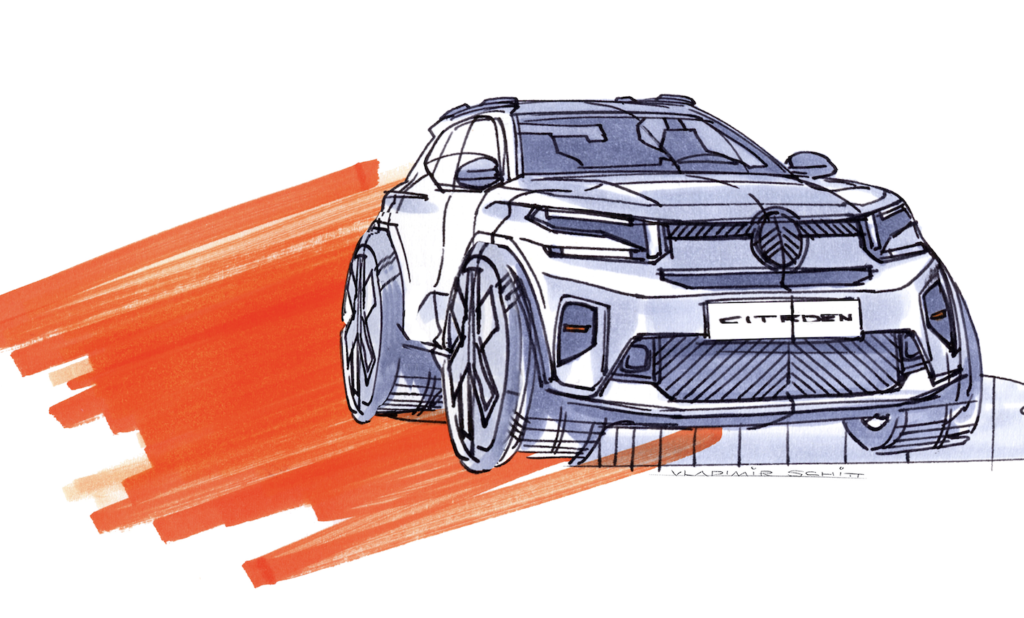
The famous ‘C Cubed’ or C3 programme has since given rise to the Indian C3 (city saloon crossover) and C3 Aircross (5- and 7-seater crossover), which are also being introduced in the AMLAT markets (Latin America). The range will shortly be extended to include a crossover coupé. We’ll come back to that at the end of this post.
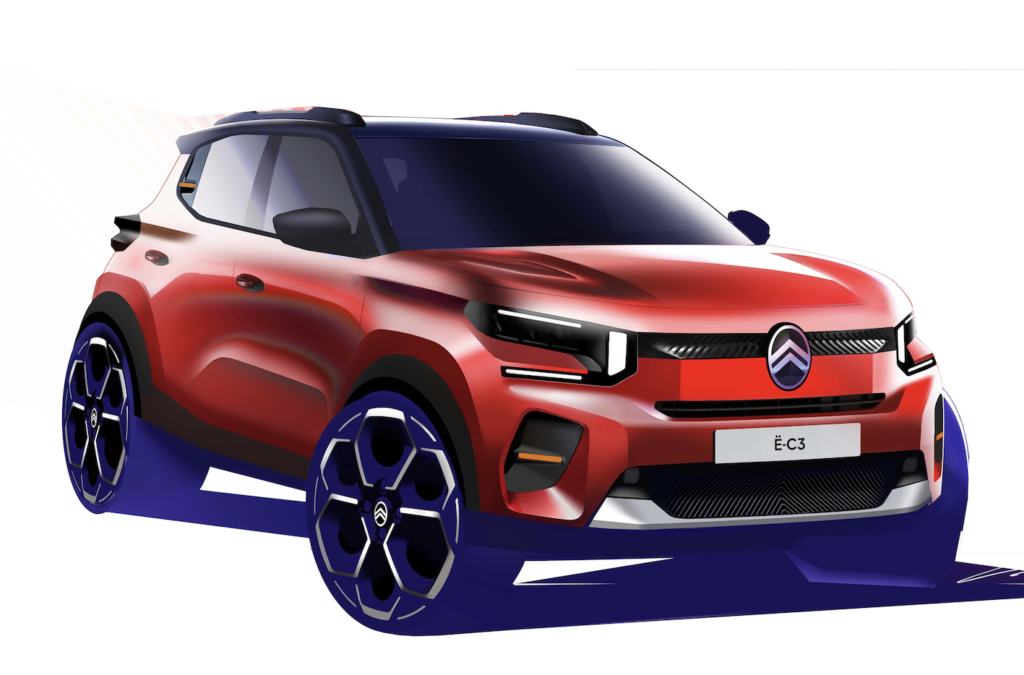
Initially, the programme for the above-mentioned European C3, which is beginning to take shape at Vélizy, will be entirely dependent on the C-Cube. Carlos Tavares wants the European version to be derived directly from the Indian version. Better (or worse?), he wants it to be produced in India and exported to Europe. This is all part of the drive to achieve a highly competitive entry-level price, but fortunately the idea was quickly abandoned.
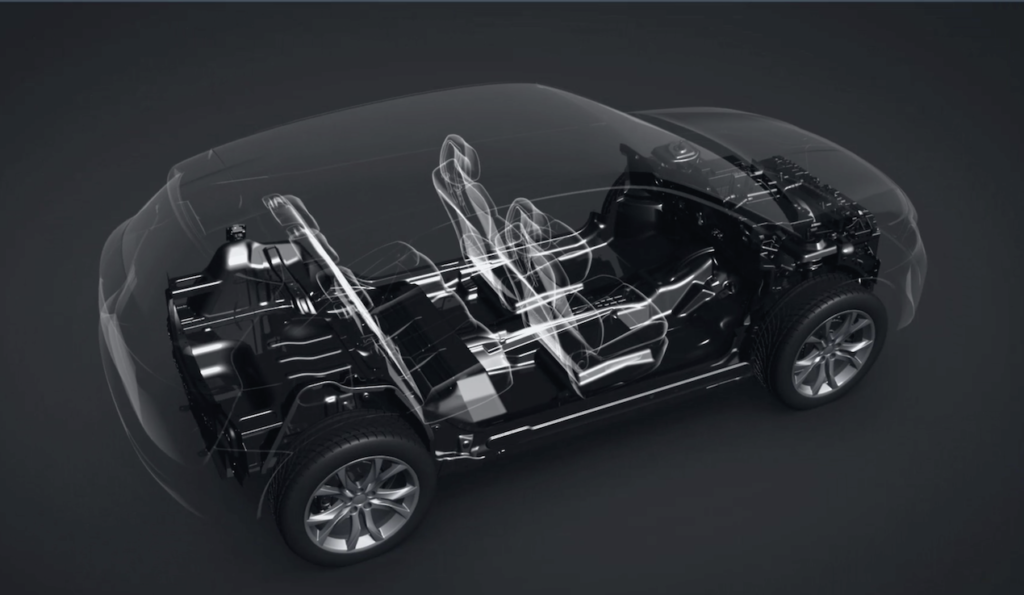
On the Indian side, the C-Cube programme was effectively awarded a production contract with local subcontractors which, without being demeaning, required an enormous amount of work in terms of achieving quality to the Group’s standards. It is therefore unthinkable that the European C3 will follow the same path. The 2024 C3 therefore abandons the idea of production in India. However, the product architects have won their case: the platform for the European version will be derived from that of the Indian version: it is the CMP available in a 100% electric version (above, that of the DS3) with a basic definition for India, which the European teams will greatly improve for the Old Continent. But at this stage, we need to talk about the timetable once again.
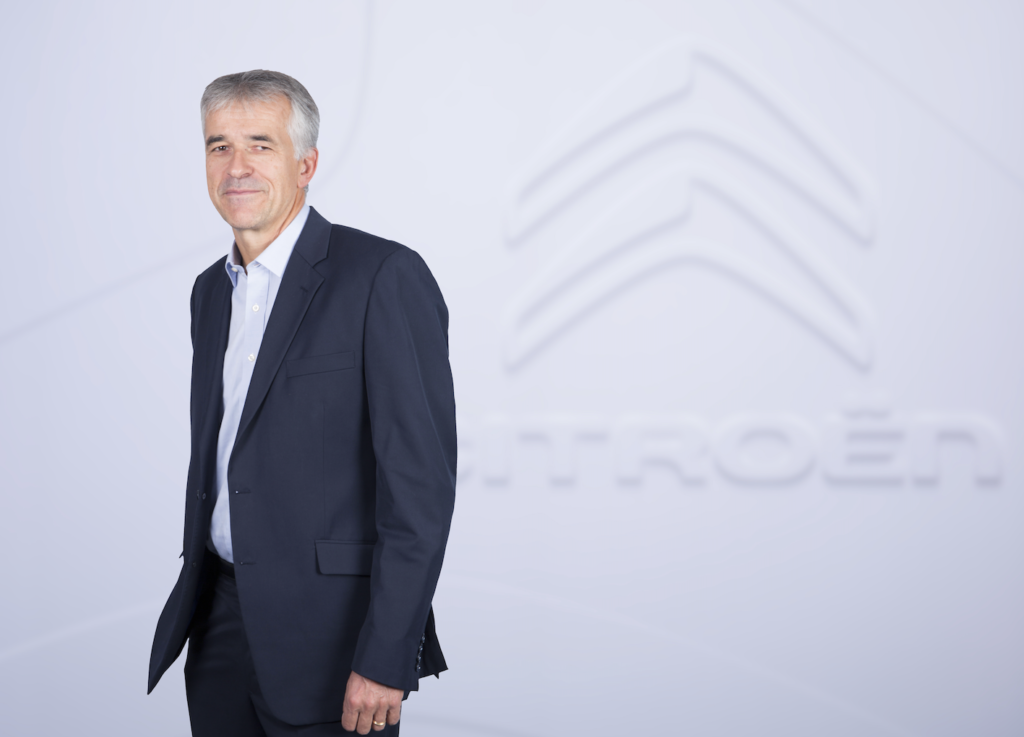
On 15 January 2020, Linda Jackson left her post as Citroën brand director (she would become Peugeot brand director when the definitive structure of Stellantis was announced) and was replaced by her deputy director, Vincent Cobée, above. Once the idea of importing the Indian C3 had been abandoned, he and his product and design teams imposed three imperatives on the development of the European project: a car produced in Europe, an innovative car with the novel head-up display (below) and also a legitimate car in terms of comfort, with double-hydraulic-stop suspension at every level of the range. This was not the case when Linda Jackson left the project.

As you can imagine, these three key points required many hours of debate. We weren’t there, but it’s easy to imagine that the ‘i-cockpit made by Citroën’ must not have pleased Peugeot’s cousins! When it comes to comfort at every level of the range, it was no doubt easier to get the message across. As for the production plant, the debate was intense. Production in Europe, yes, but where? In the end, it will be at the Trnava plant in Slovakia. A lesser evil when we recently learned that the cousin Fiat Panda will be manufactured in Serbia, much to the displeasure of the trade union at the historic Italian plant in Pomigliano d’Arco, which was built for the Alfasud but now produces the Panda.

On 16 July 2020, even before the merger between the two giants PSA and FCA (Fiat Chrysler Automobiles) was fully revealed, the name of the new group was unveiled: it will be Stellantis (above), derived from the Latin verb “stello” meaning “to shine with stars”. The press release states that “the merger project is expected to be finalised in the first quarter of 2021”. As announced, the giant Stellantis will enter orbit on 16 January 2021.

By this time, the C3’s Indian project had virtually come to an end, since on 16 September 2021, the Indian C3 (above) was unveiled: “Citroën is strengthening its international dimension by unveiling New C3, a versatile saloon measuring less than 4 metres that will enable the Marque to expand in India and consolidate its presence in South America. It is the first model in a family of 3 vehicles with an international vocation, developed and produced in India and South America, which will be marketed in these two regions over the next 3 years”. No comment on the European C3, of course. And yet, the programme is progressing apace and Citroën’s design team is preparing a fantastic coup!
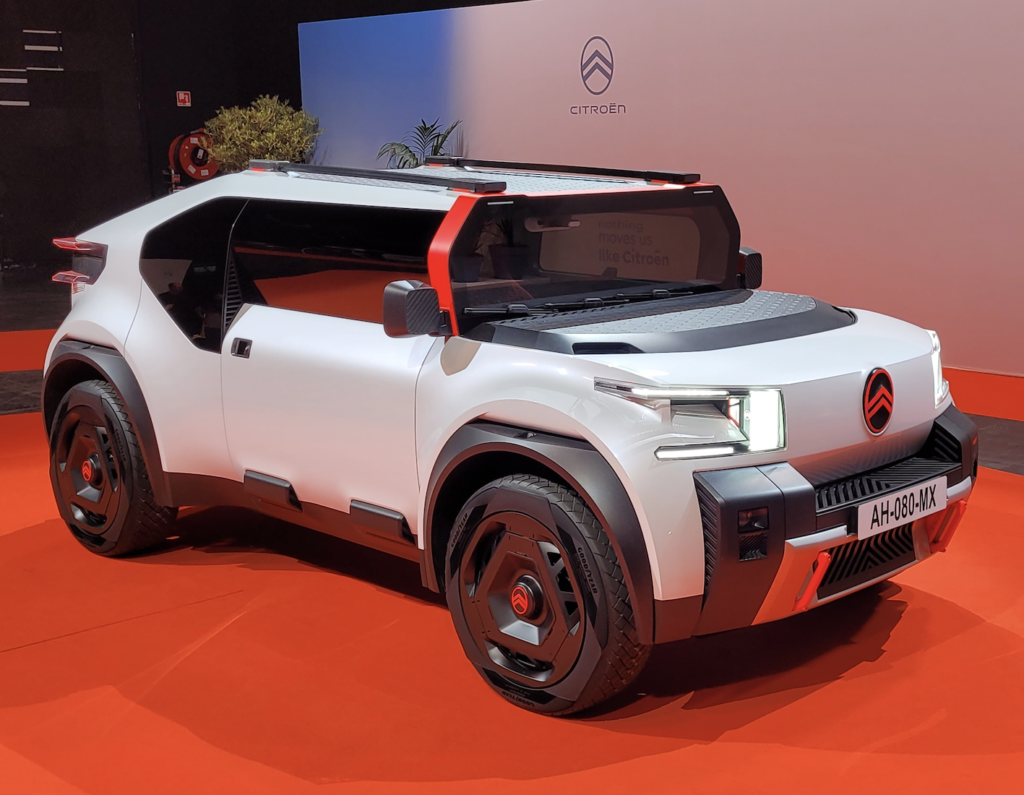
One year later – in September 2022 – the Oli concept car (above) was unveiled. This veritable manifesto for a vehicle designed for the new era of sustainable electric mobility was the brainchild of the team led by Frédéric Duvernier, then head of concept cars at Citroën. Duvernier is now Lancia’s Director of External Design and has been replaced at Citroën by Pierre Sabas, who joins from Renault. Oli is a UFO steeped in Citroën’s DNA, who explains that “his mission is to inspire the future of affordable, sustainable and joyful family mobility”.
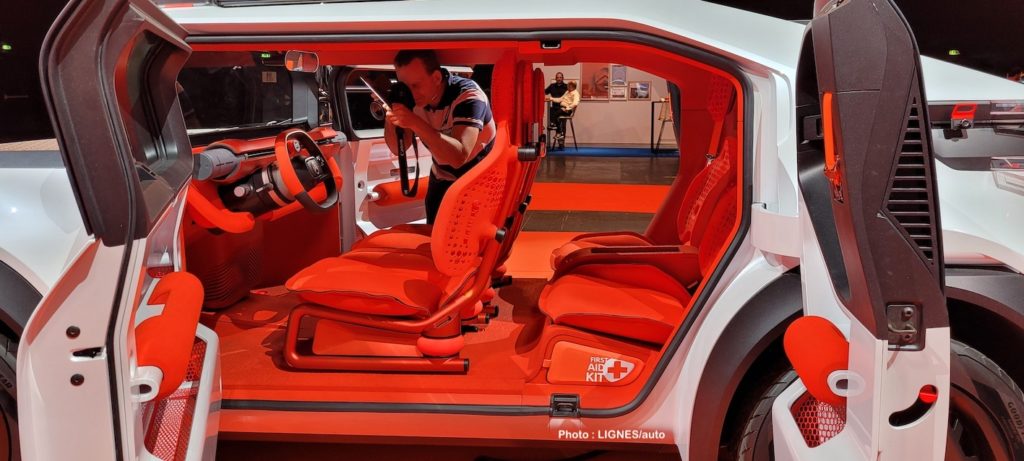
The press was abuzz with excitement: “What if Oli was the forerunner of the C3 of 2024? At the time, the drawings of the latter published in the specialist press were all taken from the Indian version, adding to the unease of a communication that was proving complicated. In the end, Oli, which is 20 cm longer than the C3, will nevertheless bring several strong themes to this European Citroën to differentiate it from its Indian cousin: the new light signature, the tauter formal language on the front and rear and the new logo (below) anchored on a completely vertical bow and affixed to a transverse band at the rear.
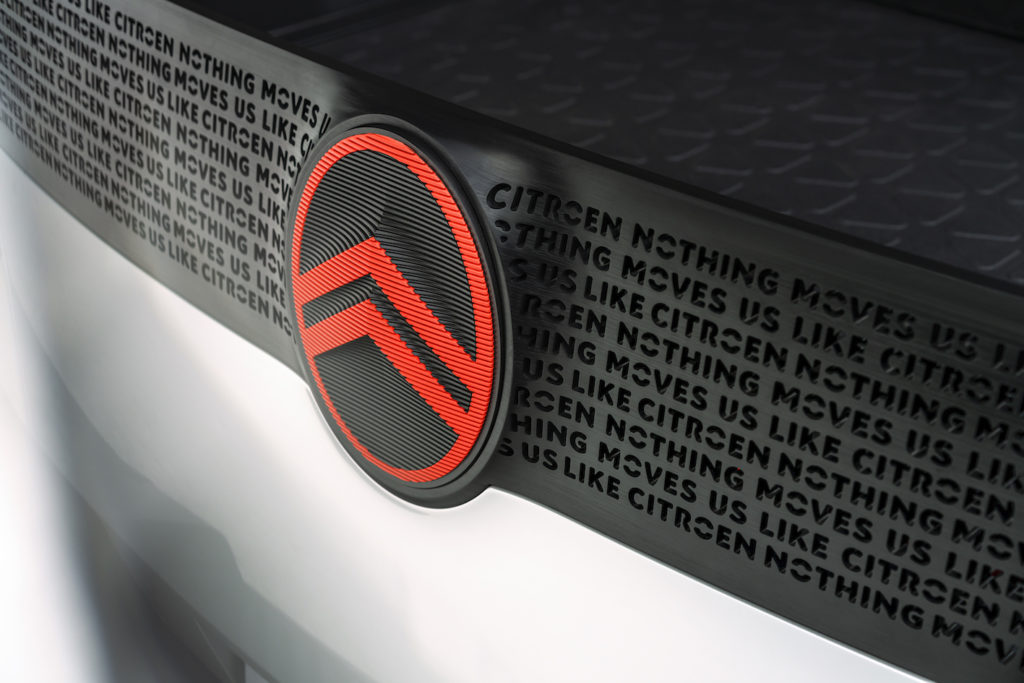
However, the designers’ task of moving from the C3 of the C-Cube programme to the European C3 was not so simple. The first mock-ups, with the new light signature, the vertical bow and the gigantic logo, certainly resembled the spirit of Oli, but in its “command car” aspect. The spirit is too brutal, far from the joviality we expect from the C3 of 2024. Yet this is the path that Pierre Leclercq wants to follow to launch the brand towards new horizons, with a formal language that is radically opposed to its predecessor.
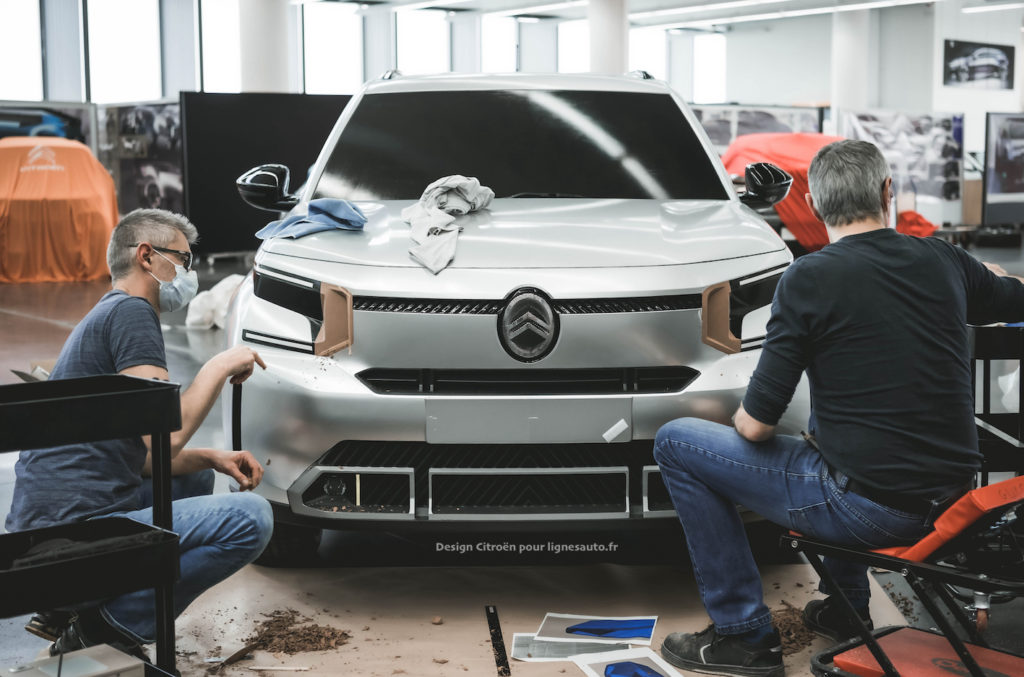
However, he will have to put some water in his wine. While the idea of not making two clones between Europe and India was quickly established, the delta of possible modifications evolved considerably. Everything was constrained by the brand’s values – warmth, humanity, etc. – and a tight schedule. The styling of the European version therefore had to retain all the architectural structure of the Indian version: high bonnet, almost vertical rear and flat roof.
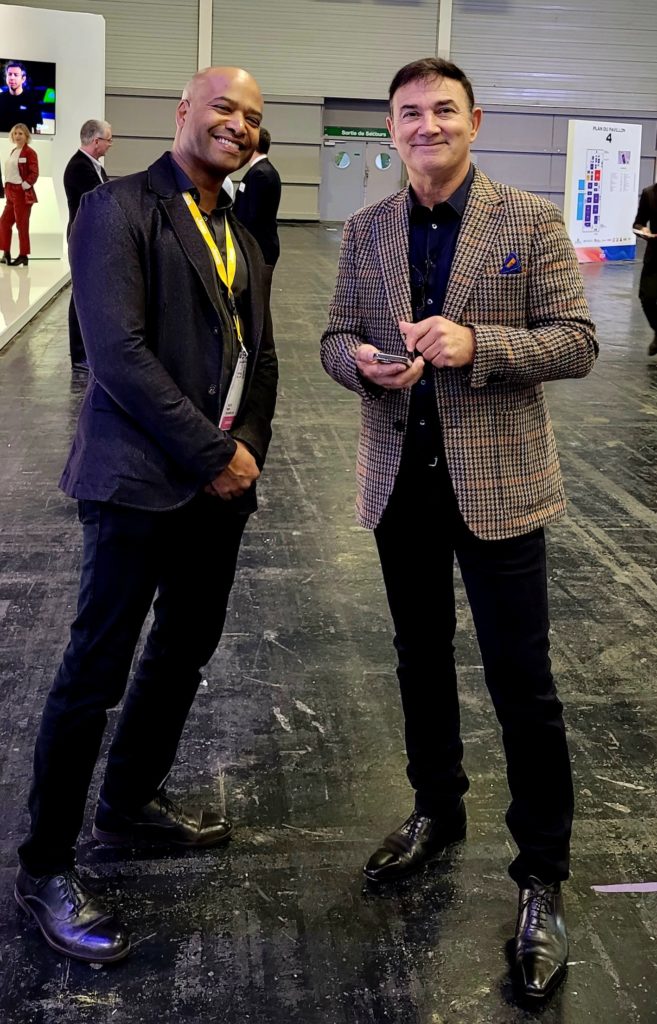
At the heart of the design genesis, Jean-Pierre Ploué (above right with his Stellantis US design alter-ego, Ralph Gilles), who flies between Turin, where the design studio for Stellantis’ Italian brands is based, and Vélizy, where the studio for the French brands is located, is obliged to play his role as referee. Logically, this is his responsibility. So it can’t be said that design was born out of a single stroke of the pen!
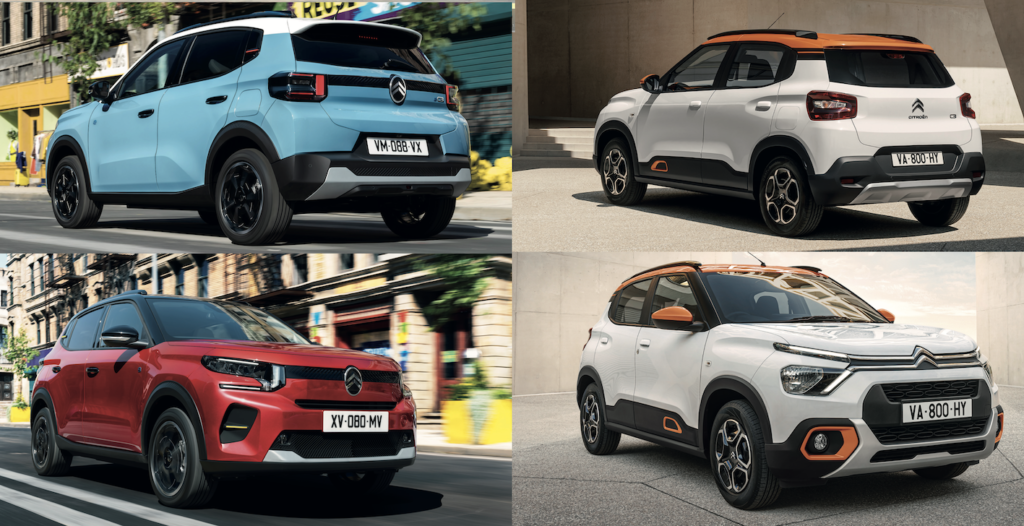
Looking at the European and Indian versions side by side above, it’s clear that they share identical architecture with divergent styling in terms of brand identity, front and rear. In the centre, the two cars share a no-man’s-land, even if the embossings are not the same. We’ve seen worse at Citroën, with a Saxo resembling a Peugeot 106 and yet without any common embossment. Ironically, this seems to be a kind of Citroën know-how.
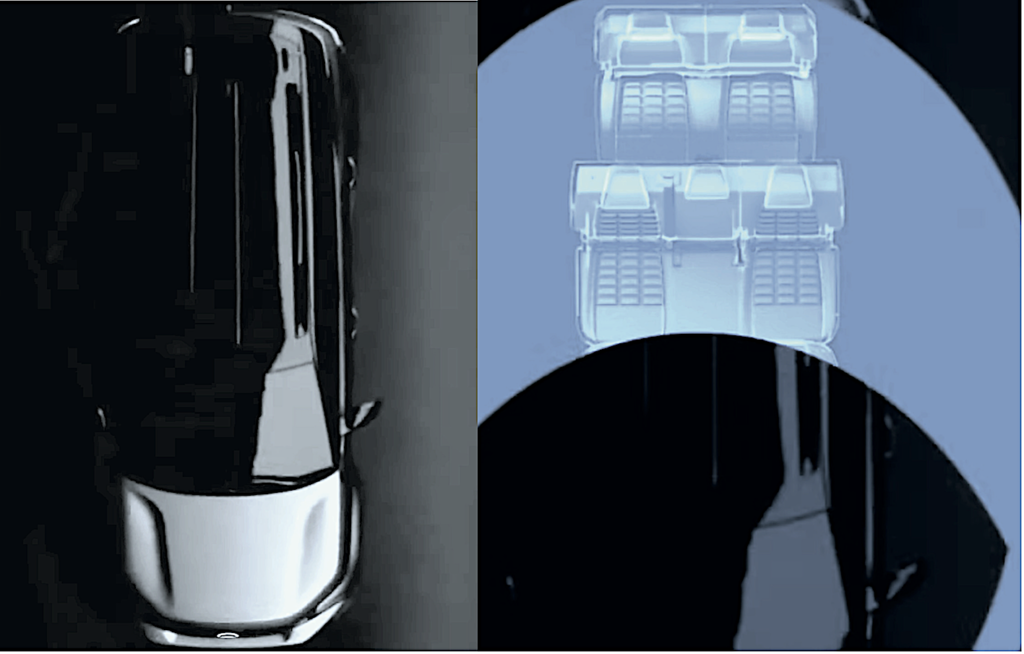
After much debate, the styling freeze has finally been validated, including on the 7-seater C3 Aircross version, which was revealed in a sneak preview (above) at the presentation of the C3 in France, in Meudon, on 17 October 2023. The unveiling took place in ‘Hangar Y’. It was here that Renault had also presented its 100% electric Mégane Vision concept car. The building is a 4,000 m2 historic monument, 23 m high and 70 m long. The C3 programme is almost complete, but there are still a few key questions to be answered.
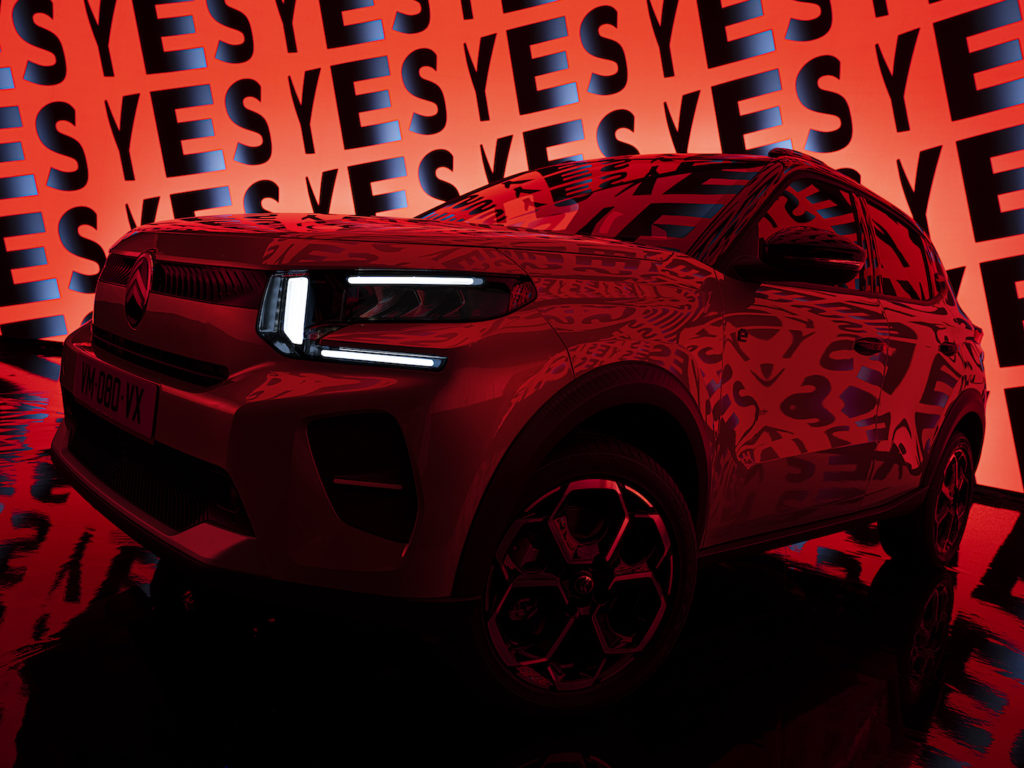
Like the development of a battery for a potential low-range version of the ë-C3. The teams of Vincent Cobée stubbornly requested this, but within the Stellantis nebula, Fiat did not seem to want to follow suit. In the end, this version with a range of 200 km was quickly presented at Meudon, with a starting price of €19,990, alongside the €23,300 version with a range of 320 km.
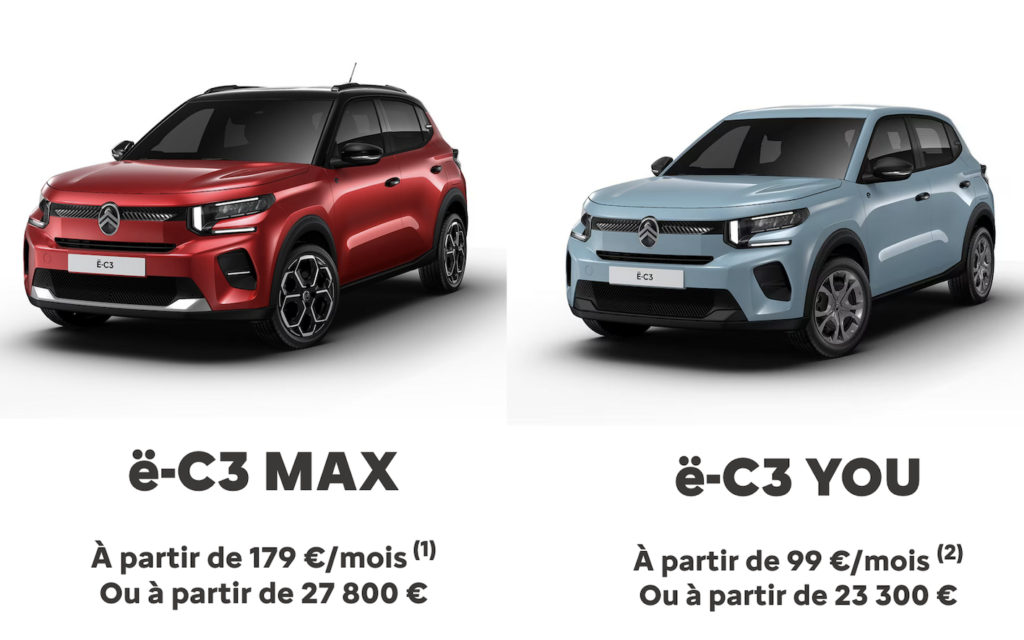
It seems to have been added at the last minute. And that’s just as well for Citroën, because Renault will be presenting its electric Twingo just one month later, with a launch date of 2026. On the hot topic of the small 100% electric hatchback at €20,000, the two manufacturers are making their mark.
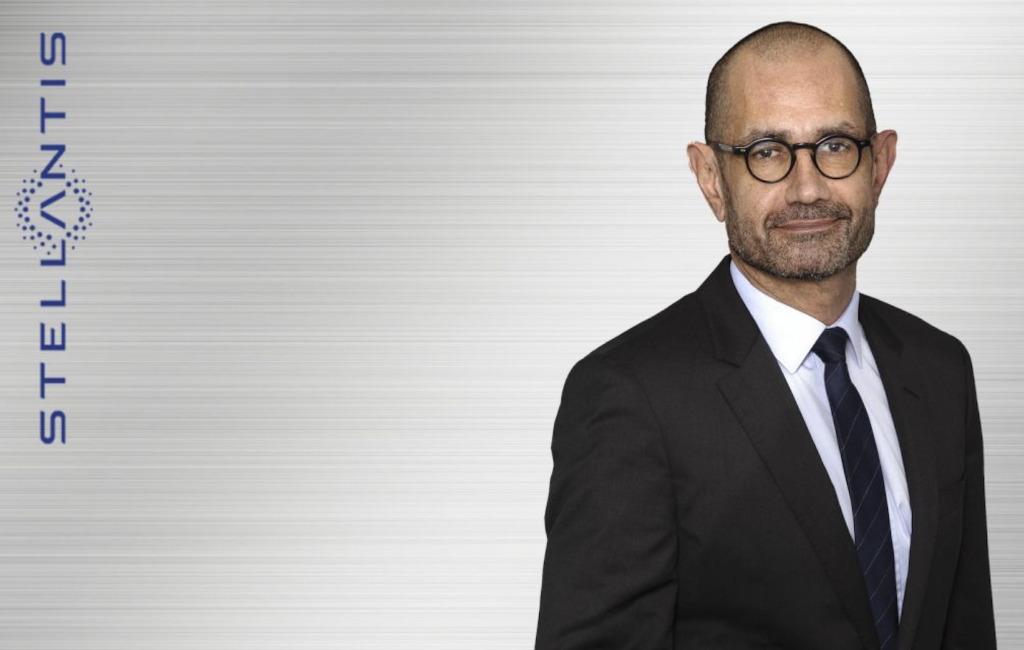
But just as the programme for the European C3 was coming to fruition and finally under control, Vincent Cobée handed over his seat as brand director in March 2023 to Thierry Koskas (above), who was appointed Managing Director of the Citroën brand and Director of Sales and Marketing at Stellantis. A double hat, like so many other top managers at Stellantis. And with questions: why is Olivier François Director of both the Fiat and DS brands? Why is Philippe Imparato Director of the Alfa Romeo brand and V.U. programmes? The reasons escape us.
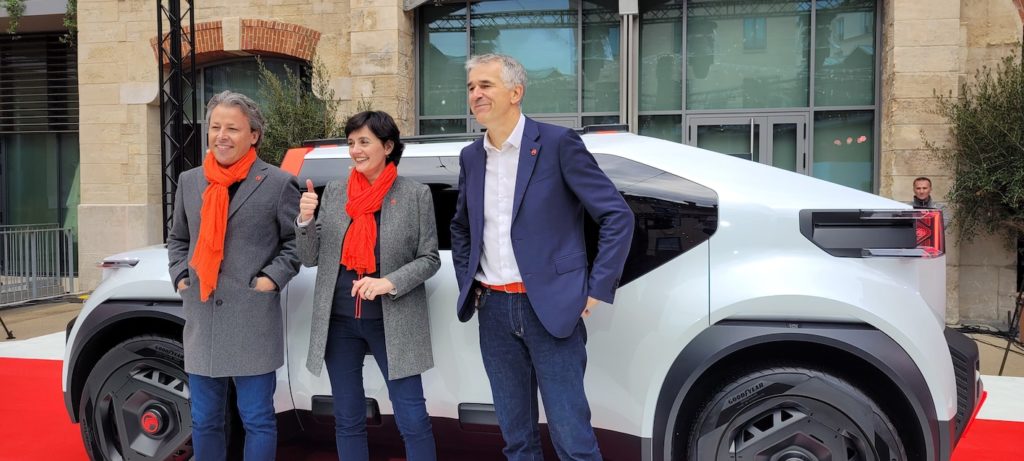
Is Vincent Cobée (above with Pierre Leclercq and Laurence Hansen, Product Director) paying the price for his determination to position the C3 where it is today? Vincent Cobée’s former management team was also responsible for pushing sales of the C3 into buoyant markets in Europe. The fine performances achieved in Turkey, for example, demonstrate the validity of this desire to make this market, along with India and Latin America, a key part of Citroën’s strategy.
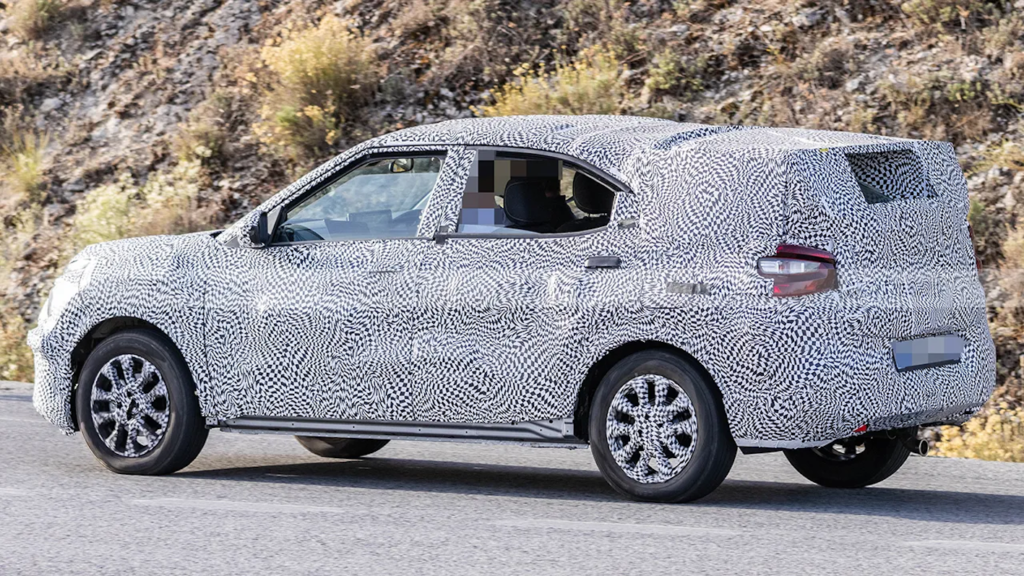
This is where we come to the famous third silhouette of the C3, seen camouflaged in India and Latin America: the C3 ‘dynamic crossover’, a kind of compact five-seater Aircross coupé (above, photos https://www.passionnement-citroen.com/.) Is it planned for Europe? It would undoubtedly be a hit on our markets, especially in Turkey, and some have pushed for its industrialisation there. But this variant could then become a serious competitor for the C4 5-door hatchback… To be continued.
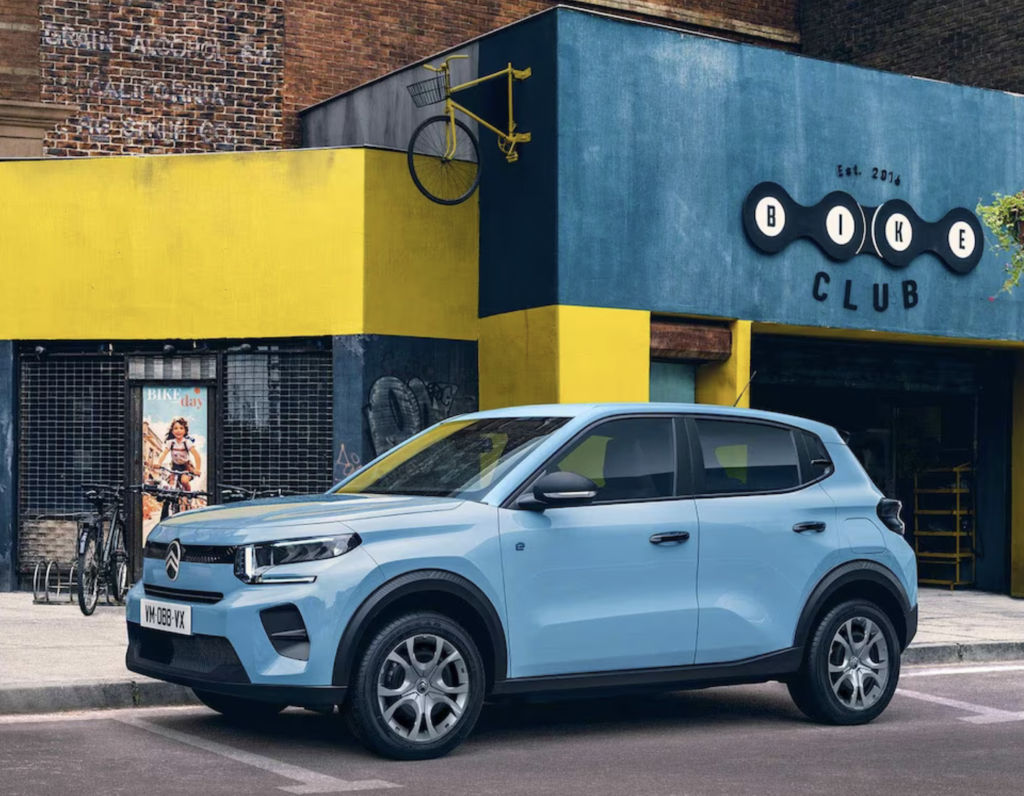
Finally, it’s worth pointing out that the genesis of the little Citroën, which was paved with a number of pitfalls, ultimately served to clear the way for Fiat’s ‘cousins’. With the Panda of 2024, the Italian manufacturer will be able to offer (almost) the same technical and marketing concept as the C3 on European markets. Almost without sweat and toil! Above, the basic version of the C3, the ‘You’: the ‘technical’ basis of the future Panda?
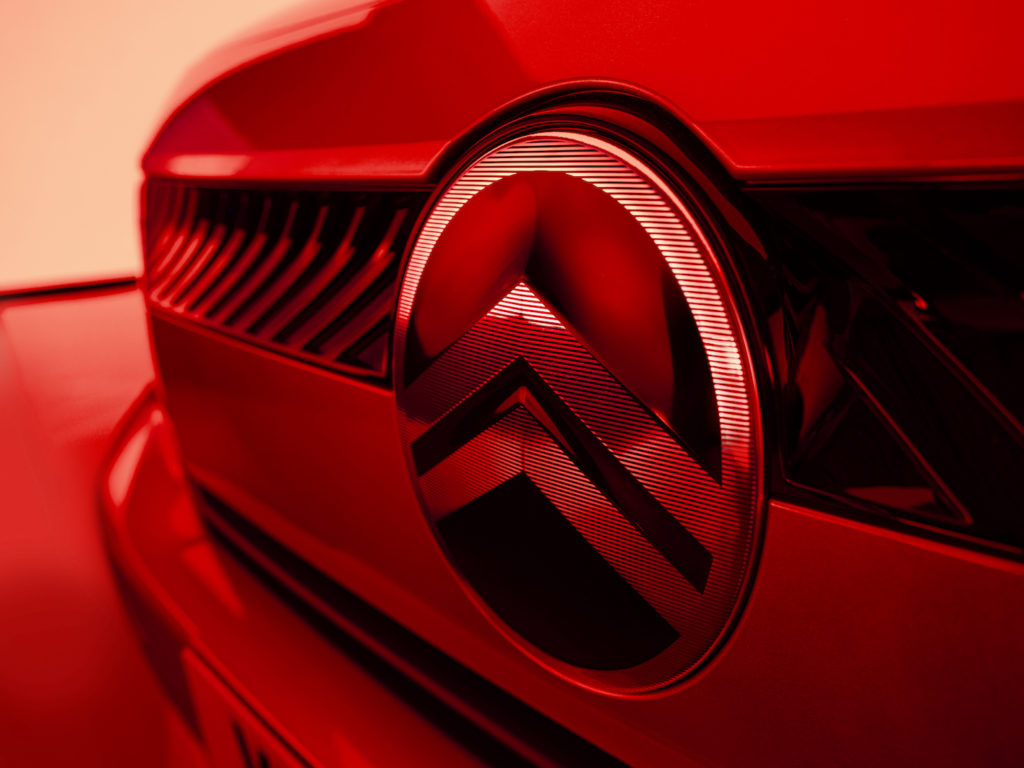
This obviously comes as no surprise, since when the formation of the Stellantis group was announced, Carlos Tavares repeated over and over again that the synergies of this merger (14 brands) not only made it possible to reduce costs, “but are also a source of turnover, thanks to a very efficient development process that makes it possible to offer very profitable sister cars.”
So, if it stays in the family…
In conclusion, from the launch of the programme to its marketing, the new C3 will have had two design directors (Alexandre Malval and Pierre Leclercq) and, above all, three different directors at the helm of the brand: Linda Jackson, Vincent Cobée and Thierry Koskas. Citroën certainly likes records!
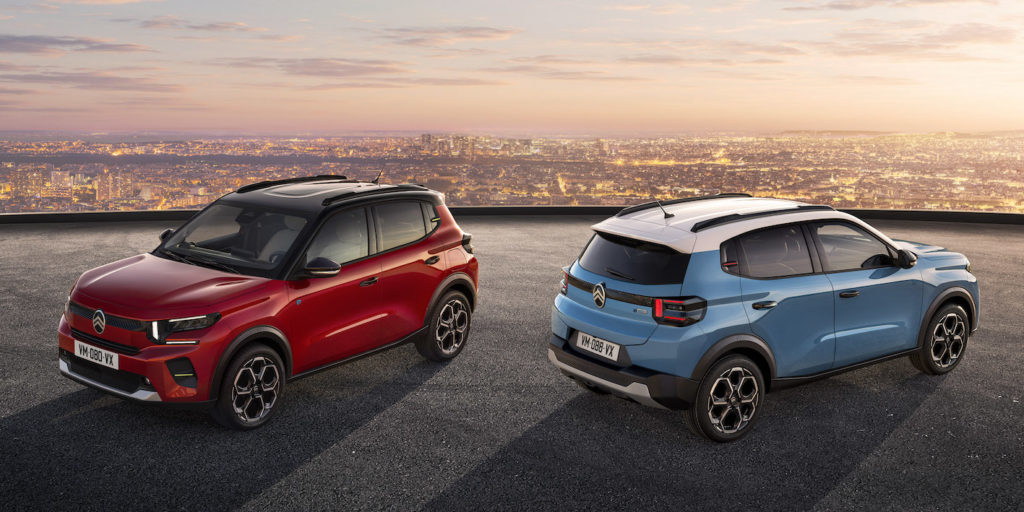
Photos: Communication Citroën, William Crozes @ Continental Productions, author’s archives and Design Citroën.

